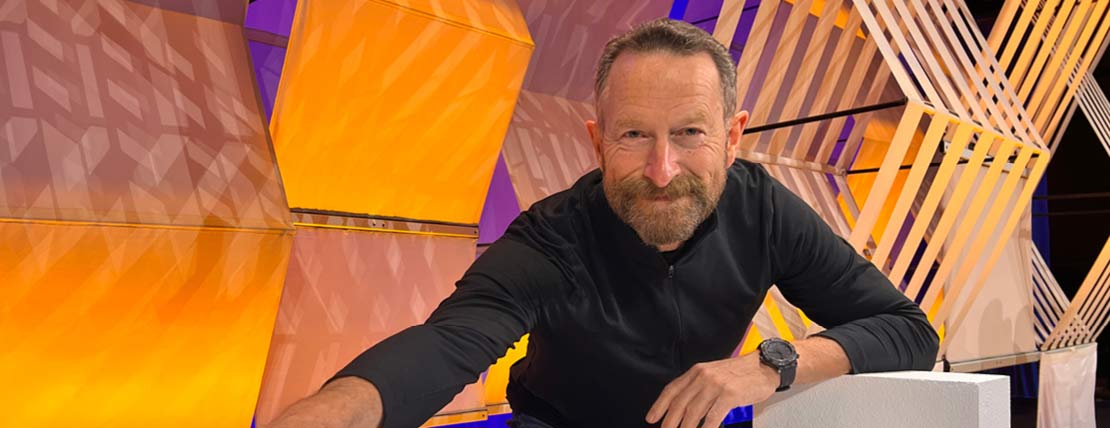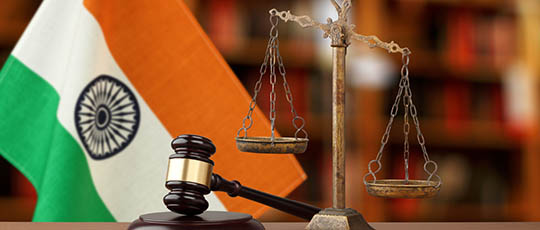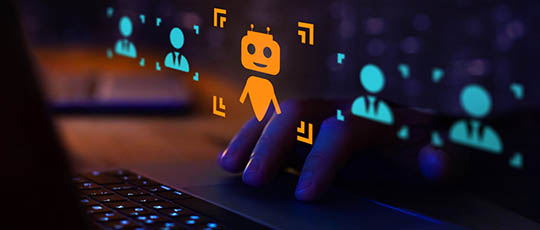For WorldatWork Members
- The Role of Total Rewards in Managing Change Fatigue, Workspan Magazine article
- The Future of the Rewards Profession: Let the Sleeping Beauty Rise, Journal of Total Rewards article
- Reimagining Rewards Strategies in the New Landscape of Work, Journal of Total Rewards article
For Everyone
- How Much Have Rewards Practices Changed Since 2018? Workspan Daily article
- What Are the Most Draft-Worthy Total Rewards Skills? Workspan Daily article
- Total Rewards Today: Spending Money Where It Counts, Workspan Daily article
Creativity is a core human skill that remains vital in the age of remote work, digital communication and artificial intelligence (AI) — yet many working adults, including those holding down corporate total rewards (TR) functions, believe they aren’t the “creative type.” Over time, work experiences and organizational structures have conditioned these individuals to seek the rote and comfortable, the path of least resistance, the “right” answer, the “same old, same old.” In many cases, creative potential goes dormant.
TR professionals, it is time to wake it up.
Duncan Wardle, a former executive at The Walt Disney Company, shared that message during his energetic closing session Wednesday at WorldatWork’s Total Rewards ’25 conference in Orlando, Fla.
Check out other Workspan Daily articles from Total Rewards ’25:
- Might a Sales Mindset Be Your Key to Total Rewards Success?
- The Monumental Mission of Meaningful Mentorships
- Proactive TR Pros See ‘Train’ of Change Coming, Take Steps to Act
- The Pros and Cons of Giving Managers Discretion on Merit Increases
- Using Analytics, Innovative Framework to Transform HR/Total Rewards
- How An Industry Leader Sees Technology Transforming Total Rewards
- Biopharma Compensation Leader Has Put AI Under the Microscope
- Boldyn Networks Offers a Bolder Approach to Employee Well-Being
As the vice president of innovation and creativity at Disney, Wardle (pictured above) helped teams at the company’s Lucasfilm, Marvel, Pixar, Parks, Imagineering and Animation units innovate, creating fresh storylines and experiences for employees and consumers around the globe. That was the culmination of a 30-year Disney career, which started with him serving as “a coffee boy in the London office, getting cappuccinos for [his] boss” from a nearby shop.
During his session, titled “Reimagining Potential: Propelling the Power of Creativity,” Wardle urged the audience of human resources directors, TR leaders, and compensation and benefit practitioners to:
- Innovate by challenging industry rules;
- Foster a sustainable culture of creativity; and,
- Equip themselves, employees and coworkers with tools to think creatively.
The Pursuit of ‘Mad, Audacious’ Ideas
Now, you may be thinking, “I don’t have time for creativity.” Too much to do, too little time, blah blah blah…
You may not have the workday wherewithal of Wardle, who over a 3.5-hour lunch “a long, long, long time ago” sat at a table with five cohorts and hammered out the storylines, scripts and character development for Disney classics “Finding Nemo,” “Wall-E,” “Cars,” “Monsters Inc.” and “Toy Story” — perhaps setting power-lunch productivity records in the process.
You may not have the culture of Google, which Wardle said allows its engineers to spend 20% of their working hours thinking, pondering, dreaming and inquiring.
But you likely do have an hour a month to explore “mad, audacious, outrageous ideas.”
“You would be amazed what even that amount of time can do,” Wardle said. “Encourage your teams to take even one hour a month and talk about something they’ve seen that is innovative and creative.”
See it, share it and explore ways to interpret/foster/dissect/duplicate it.
“Don’t have time? Don’t have resources? No encouragement to be playful at work each day?” Man, your lives [stink],” he said.
Instead, you should simplify.
“Be creative like a child,” Wardle said. “Who are the most creative people you’ve ever met? It’s kids. The difference between kids and adults is the ability to activate imagination and creativity.”
When was the last time you turned an empty box into a fort, house, boat or rocket ship?
“Be curious like a child,” Wardle encouraged the audience. “What’s that one word a small child asks you again and again and again and again? It’s ‘why.’ They are after the insight for innovation.”
By continually asking “why,” you can get to root causes and explore unique solutions.
Defining Creativity
Different organizations, leaders and workers have various definitions of creativity. Wardle defined it as, “The habit of continually doing things in new ways to make a positive difference to our working lives.”
“What one word in that definition stands out for you?” he asked. “It’s habit. Creativity is a muscle. The more use it, the stronger it gets. But we think we can’t break old habits. We think we can’t learn new ones. Breaking the habit feels awkward. It can bring up bad experiences. We grow up and become an adult, and the more experience, the more expertise we have, the more reasons we know why ‘the new idea won’t work.’ It’s beat into us. So, we constantly shoot it down. We are professional idea killers. It’s what we do for a living. ‘It won’t work.’ ‘We can’t afford it.’ ‘We tried that last year.’ ‘We’ve always done it this way.’ Oh, dear.”
Ideas to Spark New Ideas
Wardle offered some ideas for awakening creativity and innovation in organizations and their TR functions.
- First, start by removing barriers you may be unconsciously erecting and solidifying. Your words can spur ideas and they can stop them. “When somebody comes at you with an idea you’re not thinking of, that’s a pretty good place to start,” Wardle said. “Don’t let the words ‘no, because’ be the first two words out of your mouth. It’s just an idea. I know you have responsibilities. Just remind yourselves we’re not greenlighting this idea for execution today. We’re really greenhousing it together. Use ‘yes, and’ instead. Ideas can gain momentum, build onto one another.”
- Second, ignite understanding and collaborative thinking by having a grasp of how the leaders, colleagues, executives in your meetings best consume, process and interpret information. “People are either visual learners, auditory learners or kinesthetic learners,” Wardle said. “If you gear your message to one on these styles, two-thirds of the room will not be on the same page. You’ve lost them. Come into the room with just an Excel doc? Good luck.”
- Third, consider others in the organization who may be able to supercharge your own creativity and the creativity of your team. “Who else can help you think differently?” Wardle said. “Diversity is innovation. If someone doesn’t look like you, they don’t think like you and they can help you think different.” For example, might the marketing team, product development group or research folks teach you a thing or two about thinking, acting and performing differently.
“This is important stuff, people,” Wardle said. “What are the most employable skill sets over next five to 10 years? It’s creativity, intuition, curiosity and imagination. These are the things AI can’t replace.”
Editor’s Note: Additional Content
For more information and resources related to this article, see the pages below, which offer quick access to all WorldatWork content on these topics:







